What to know
- As a digital reading companion, a Kindle is ideally suited to help you read more than you currently do.
- Lightweight, capacious, and convenient, Kindles allow for better, focused reading, wherever, whenever.
- A Kindle is not meant to replace physical books, but rather to complement them, or at least be a convenient alternative to them.
In a world of TikTok reels and truncated attentions spans, perhaps the hardest thing to do is to simply sit and read a good book. Yet, for those who read there’s never been a better time for it.
With millions of books available at the click of a button, there’s no reason why one shouldn’t be devouring them left, right, and center. But if reading physical books isn’t always convenient, and reading on smartphones feels like an exercise in self-control, Kindle is the device for you.
Here’s why a Kindle is the ideal device to get you out of a rut and reading more.
Does a Kindle device really help you read more?
As a lightweight device built to serve a single purpose, a Kindle not only removes the little barriers and inconveniences that come with reading physical books, like size, availability, etc., but also opens up new windows of opportunities for you to read, such as on commutes, or late at night.
A Kindle isn’t for every reader, to be sure. But if you’ve never read on an e-reader before, you might want to give Kindle a go. Here’s why.
Your library at your fingerprints
For the size of a small novella, a basic Kindle can hold a few thousand books. This is the biggest edge that e-readers like Kindle have over physical books, and it’s no small matter either.
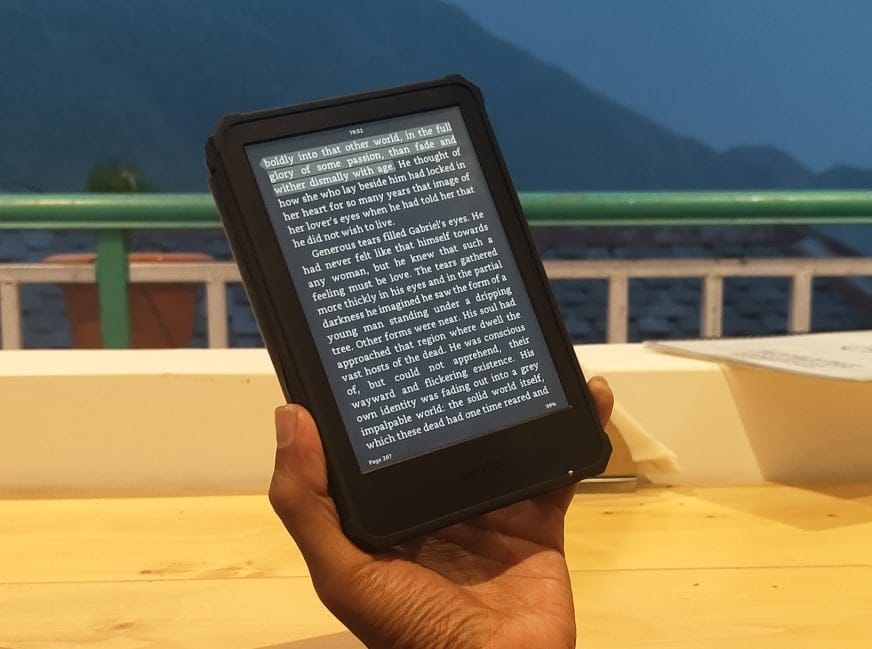
Readers often get in a slump when they can’t give up on a boring book, or when they don’t have access to books they might actually like, often both. But when your entire library is at your fingerprints and you can dive in and out of any book at any time, you’re really learning to infuse joy back into reading.
Kindles use e-Ink to mimic book pages and also have a softer light to reduce eye strain when reading at night. And if night is when you most read, Kindle Paperwhite and Oasis come with warm light as well. So there’s no need for any additional lights late at night. Those around you will thank you for it.
Carrying a Kindle also lets you get in short 10-min reading sessions whenever you can, instead of, say, fidgeting with your phone.
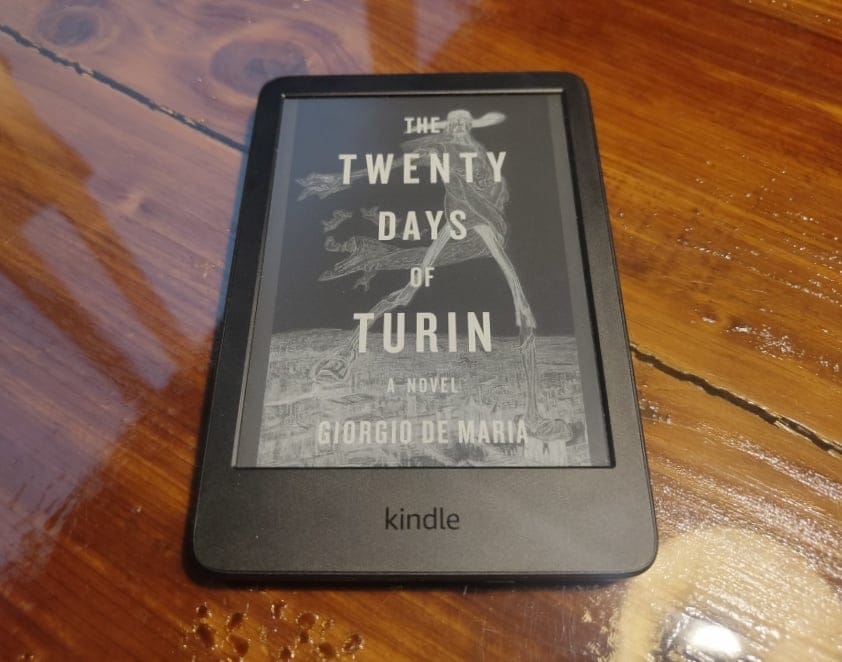
But these are only a few ways that Kindles have enabled readers around the globe to make time for reading and catch up on their reading goals. Everyone, ultimately, learns to integrate Kindle in their own way.
Get instant access to a wide collection of books
When it comes to having access to variety of books, Kindle casts a wide, wide net. As long as you’re connected to the internet, you can purchase any book on the Kindle Store and have its copy delivered within a few seconds. You can browse and purchase on the Store using the Kindle device itself.
Unsure whether the book is for you? Get a sample delivered to the Kindle.
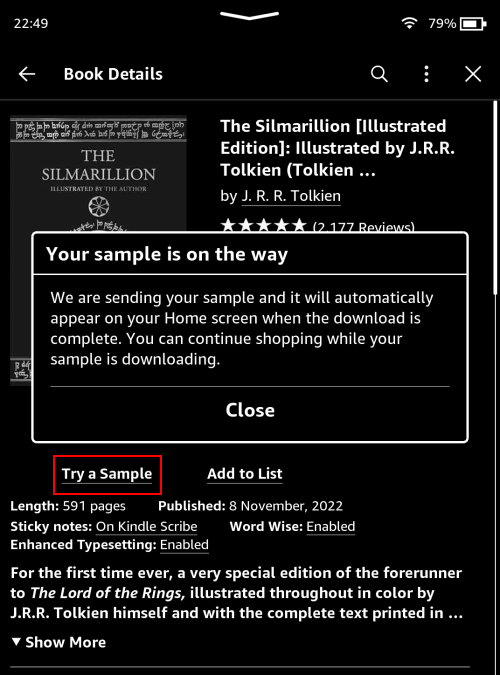
Avid readers who don’t want to purchase every single book can opt in for a Kindle Unlimited subscription which gives free access to thousands of books. You get to borrow as many as 20 books to read at a time, as long as the subscription lasts. You know, like a library. New Kindle Unlimited members get free access for a month, as do new Kindle owners.
Though not everyone would want to shell out $11.99 every month for it, which is about the cost of an average book, a Kindle Unlimited subscription does encourage more reading. The more books you read, the higher is your money’s worth. And for all that one benefits with a regular reading habit, it’s a win-win in our books.
Sideload any e-book
You’re not just limited to the books you purchase online. Kindles support a wide variety of e-book formats so you can send any book or document from your PC or smartphone to your Kindle. The preferred Kindle format is AZW3. But you can send most e-books via the Send to Kindle service and have them arrive on your Kindle in the appropriate format.
An app like Calibre can automate conversions to AZW3 format so you can transfer all your e-readings to your Kindle with a USB cable as well.
RELATED: 4 Ways to Send EPUB to Kindle
RELATED: How to Change Book Cover on Kindle Using Calibre
A built-in dictionary for minimal interruptions
The only thing that interrupts reading more than highfalutin ten-dollar words is a smartphone. A dictionary app may help clarify the meanings of difficult words, but having to put the book down to look up words in a dictionary or your phone comes at the cost of flow.
On a Kindle however, just long press on a word, get its definition, and continue reading. No diversions, no distractions. This is why the Kindle’s built-in dictionary might just be the perfect feature for focused reading, because the longer you stay with the book, the likelier it is that you will read more.

Kindle also has a Vocabulary Builder that automatically saves all the words you look up so you can review and test your vocabulary with them later.
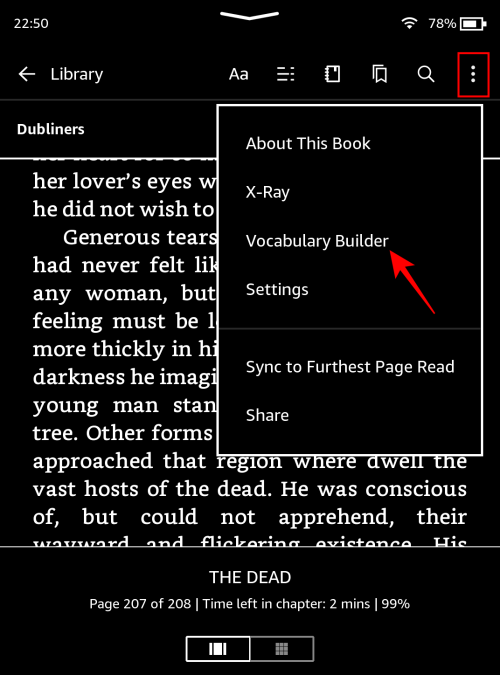
RELATED: How to Extract Words from Kindle’s Vocabulary Builder to PC
Read and listen to books at the same time (or switch between reading and listening)
If you own a Kindle book and a companion Audible narration of the same book, you can read and listen to them at the same time with Kindle’s Immersion Reading feature. It’s a genuinely impressive way of immersing oneself in the book. However, because Immersion Reading is only available on Kindles supporting Bluetooth devices and smartphones, it’s limited in scope.
There’s also a ‘Whispersync’ feature which lets you alternate between reading and listening to the same book across Kindle apps and devices without ever losing your place. So you can listen on your Audible app and then pick up from where the narration stopped on your Kindle, or vice versa.
Both Immersion Reading and Whispersync keep people engaged with the book, which is ultimately what gets them read.
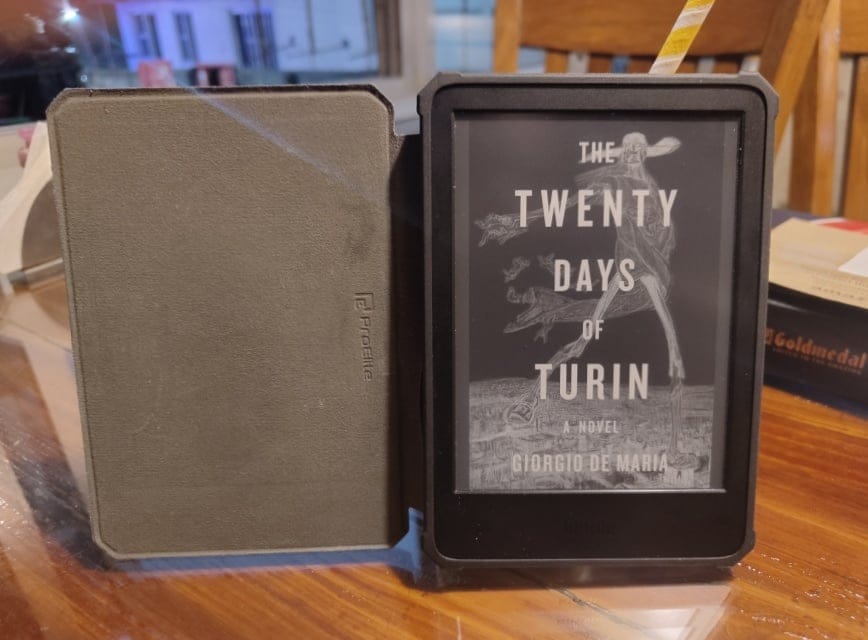
RELATED: Can’t Find Bluetooth on Your Kindle? Here’s How to Fix It?
Access your books anywhere, even without your Kindle device
Once you are into using a Kindle proper, you can continue to read your books even if you don’t have your Kindle with you. As long as you are connected to the internet, the Kindle sync and updates your reading progress on the cloud. So you can essentially read on the Kindle app for smartphones and PC, as well as on read.amazon.com.
Although the latter isn’t always ideal, reading on the smartphone app is still a good alternative, and supports similar actions and options as the Kindle device.
Goodreads integration
Amazon-owned Goodreads is one of the largest online book repository cum social space for people to come together, rate and review books, discuss, and discover new books. Being a reader-centric community, Goodreads keeps track of your reading updates, gives stats, and with goal setting features, tries to gamify the reading experience which can often be slow and laborious.
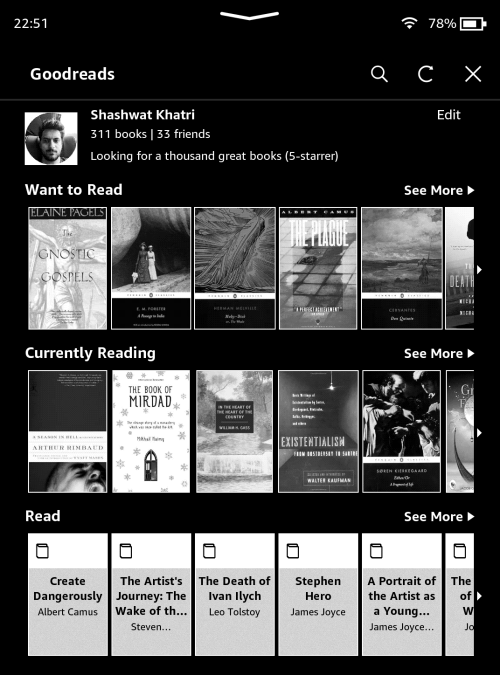
With Goodreads integrated into the Kindle device, you can mark the book you’re reading as ‘Currently Reading’, rate and review it once finished, browse similar titles, and update your Goodreads page, all without leaving your Kindle. So set a yearly reading goal, update your reading progress, and let the reading community lift your reading habits.
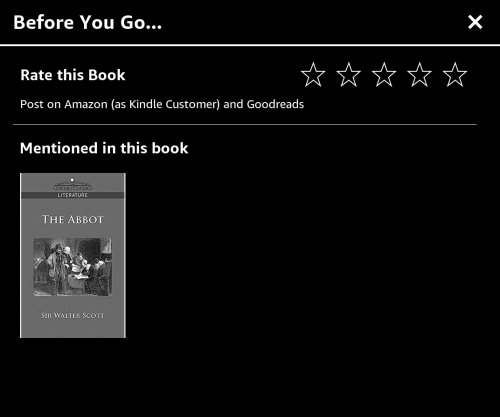
RELATED: How to View Kindle Highlights on Kindle Device, App, and Goodreads
A Kindle is the ideal alternative to physical books
Depending on who you ask, the reading experience on a Kindle is often simpler and more consistent than that of a physical book, which can be a little unwieldy at the start and end when one side is thicker than the other, or at the margins where the binding is too close to the words. Variability in font, paper quality, thickness, etc. all have an impact on the reading experience. But if you’re struggling to move past them, a Kindle could provide some stability.
Books come in all shapes and sizes. But if we average out the idea of a book, one could argue that it’s closer to a Kindle than it is to other books. Sure, you may not get the ‘feel’ and smell of a physical book. But being the premier e-reader device, Kindle is a symbol for reading in itself.
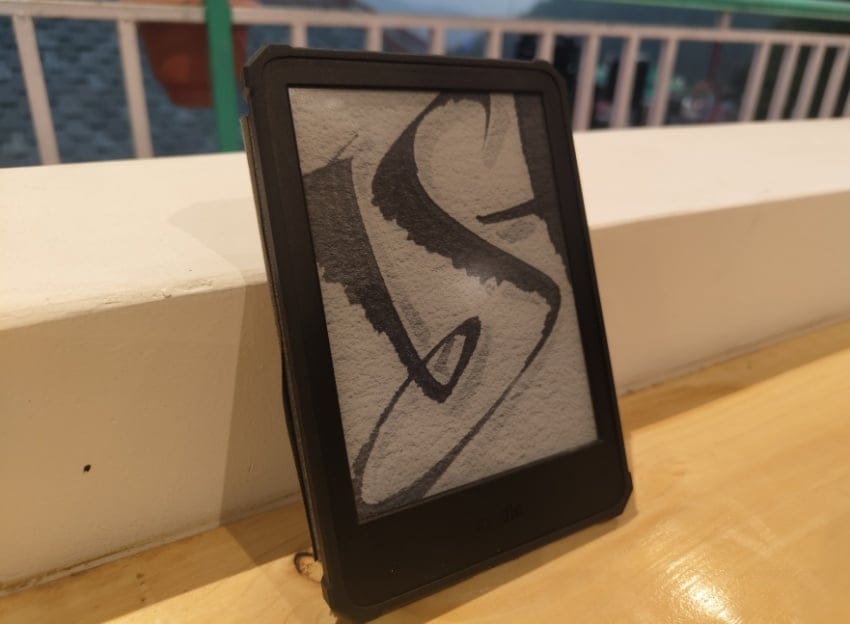
RELATED: How to Bookmark on Kindle
Kindles are useless if you don’t plan on reading much in the first place. Busy as our lives are, it’s not rare to find Kindles eating dust in a household. After all, you can only lead a horse to water, as the good saying goes.
At the end of the day, Kindle is a vehicle for reading, as are physical books. The content is what one’s after, primarily. But if you wish you could read more, having a device that simplifies the physical act of reading, is light and easy to carry, holds all your books, dictionaries and audiobooks included, and focuses in its every feature to get you reading, well, then that’s a good start.
So yes, a Kindle can and does help you read more. Countless Kindle users claim it, we attest to it, and countless others, we’re sure, will follow.
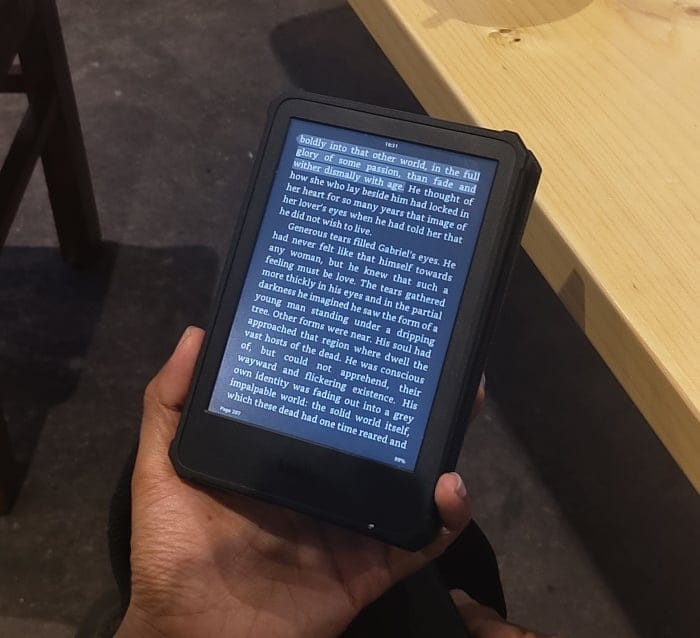
Start with the Kindle Basic. It has most things one needs, except a warm light, for which you can go with Kindle Paperwhite. Buy or sideload a few books, and start reading. Set up a your yearly Goodreads goal and log them as you go. When you get into a rut, look back at all the books you’ve already read, and go one up. Until next time! Keep reading.
RELATED: How to Remove Books and Free Up Space on Your Kindle
RELATED: How to Clear “Furthest Page Read” and Stop “Most Recent Page Read” on Your Kindle

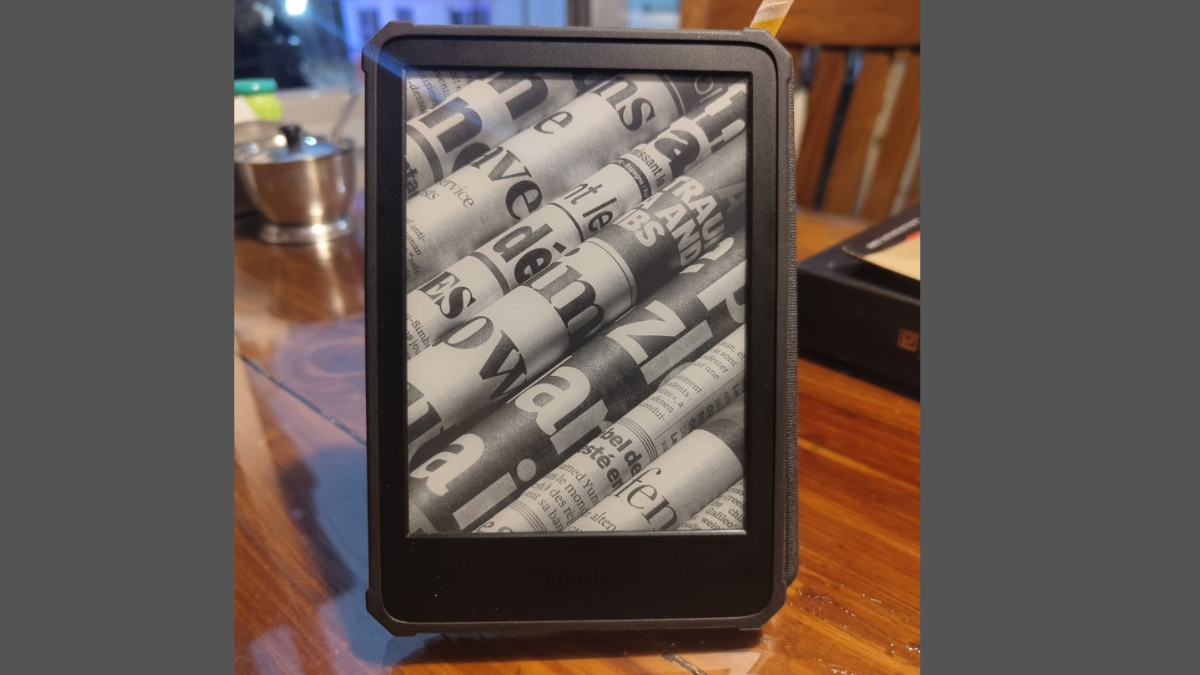
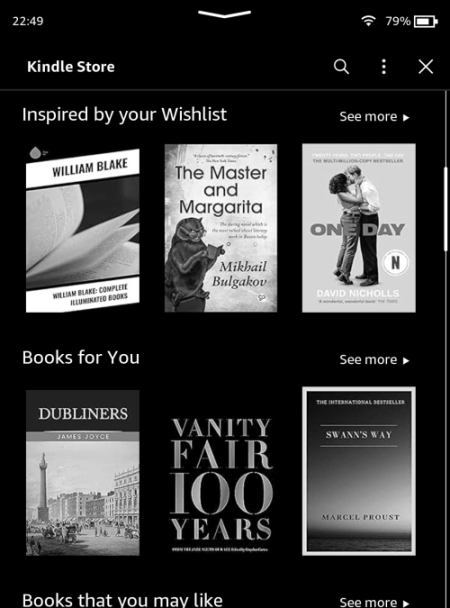
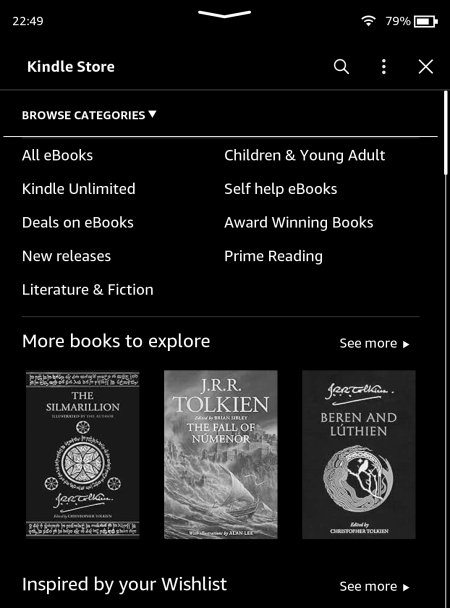

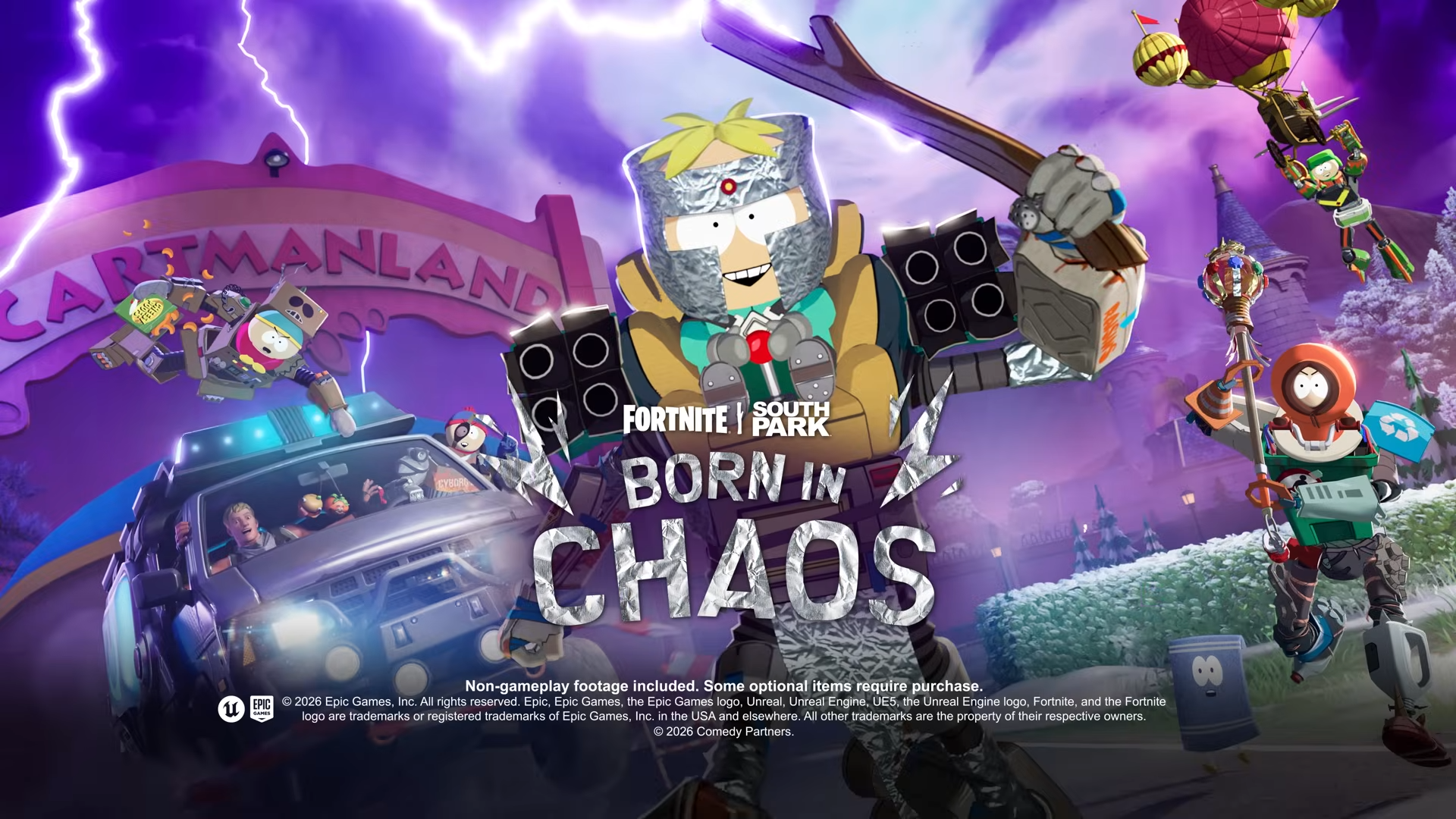









Discussion